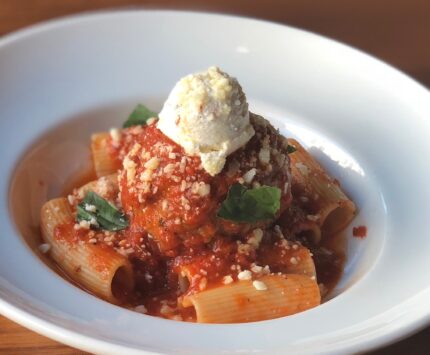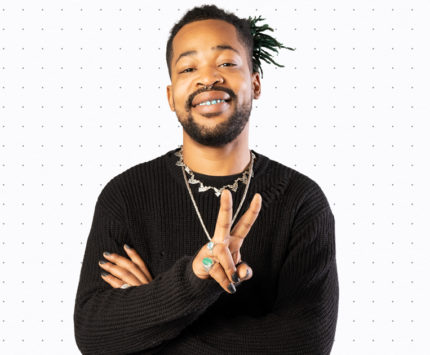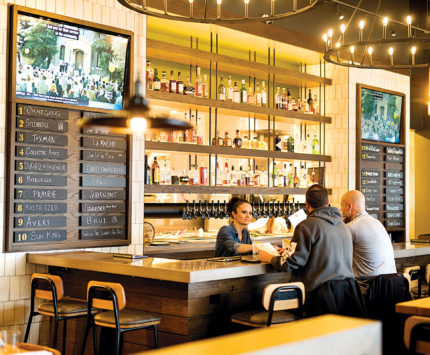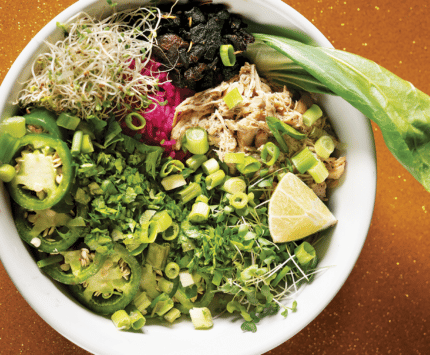Ask Me Anything: Michael Bricker, TV & Film Production Designer
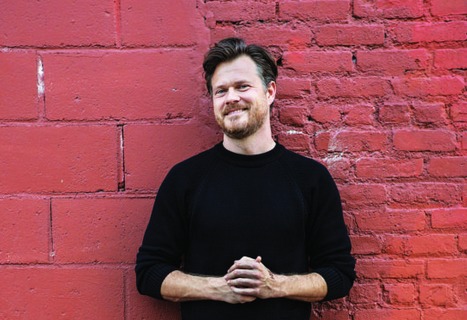
Growing up in Indianapolis, did you have one of those magical creative childhoods that hinted at future success?
Not particularly. I definitely had a creative streak and I liked to draw as a kid. But I don’t think I recognized that as anything other than a hobby until I was much older.
How did you find your way into set-design work?
In high school, I worked in the theater department, painting sets. In college, I worked in the scene shop on bigger productions. By my senior year, I was allowed to design a set for a stage play. As I gained experience and curiosity, I started thinking more intentionally about my approach to design, so I enrolled in grad school to study architecture. At that time in Austin, the University of Texas was investing in feature films. I was fortunate enough to be hired as the set designer for a half-million-dollar movie the university was making under the direction of professional filmmakers.
What was your impression of Indy upon moving back?
I hadn’t planned on returning, but my mom fell unexpectedly ill. So I took on some set-design work in and out of the city, I was teaching at Wabash College, and I founded People for Urban Progress (PUP). I was coming from Austin—a city that felt very interesting, engaging, and cool—and I didn’t think Indy had any of those qualities. Many of those early days at PUP were spent learning how the city operates. We were asking questions like, “What happens to waste here?” We saw how little Indianapolis planned for things that go to waste. In many early meetings, I was listening to folks say, “We’ll just wait for someone else from another city to solve this problem.” I remember thinking, Well, I can either leave the city and complain about it, or I can stay and be a force for change.
How can Indy position itself as a leader in good design?
We’re sitting next to a great example of civic design in Columbus, just to the south of us. It’s a model for how leadership and design can change not just the landscape, but how people think about their public spaces. I hope the new Cummins building downtown helps showcase what the future of design in Indianapolis can be. The city’s current approach in public spaces is to say, “Well, the building can be whatever it is as long as we have a piece of public art out front.” That public art is supposed to make up for the shortcomings of the architecture. That’s not good enough. It’s not a problem unique to Indianapolis, it’s a very American problem. In traveling abroad, I see greater design integrity in buildings for the public.
Definitely. When we made those wallets with the Hoosier Dome roof, it was a local material meant for a local audience. We were worried that people outside of Indianapolis wouldn’t be interested in the Dome goods. But people just saw a beautiful product made from salvaged materials, and that’s all they needed to know. They were sold. Amtrak is this big national brand that allows us to showcase their identity, while serving as a model for future brands and similar products.
And it’s paid off. The Amtrak Collection earned an honorable mention in Fast Company’s 2019 Innovation By Design awards. Do you approach your work for production design on films in the same way? Are you flexing the same creative muscle?
The approaches are pretty different. I’ve spent more time thinking about how I can run a nonprofit like a film set than the other way around. What is so satisfying about working in film and television is that you’re with a talented group of people, working on a budget, with a very finite amount of time. You have to get the project done in this amount of time for this amount of money. It ends up being a really good model for creative work.
Hollywood 101: What does a production designer do exactly?
The production designer is the other key creative along with the cinematographer in shaping the visual language of the show or film. While the cinematographer is in charge of the camera and lighting, the designer is in charge of the sets and color palette. The when we are, where we are, and what we see around the actor all fall under the purview of the designer.
What’s a typical day on set like?
I’m rarely on set. I’ll open a set when the camera operator and director are there for the first time to make sure it’s what they were expecting. Before they show up, I’m usually with the set decorator making any last-minute adjustments. But for the most part, I’m scouting locations and sketching ideas for the set designers, doing quick visual research of furniture and wallpaper, or designing floor plans for the art and props departments.
When you think of films and television shows that have great design, what titles come to mind?
Mindhunter, House of Cards, and Mad Men are all great. There’s a new Netflix series called Dark that is brilliantly designed. And an old Sundance hit that came out several years ago called Brick is a design touchstone for me.
Once Russian Doll aired, I could definitely feel a shift in the universe.
You worked on a movie called O.G., which was filmed at the Pendleton Correctional Facility. What’s it like working in the confines of a prison?
We had extraordinary limitations for that job. We worked in the locations made available to us, with the furniture of the prison. It’s sort of weird to say about the site, but it’s a beautiful location in which to work. That project was more about the actors and the story. The design approach was adding elements in order to move the story forward, but also being intentional about placing actors in front of colors and backdrops that best fit the tone of the scenes. It was almost treating the setting like casting, choosing parts of the prison to jive with the characters. It was a total exercise of design within limitations, which I really like.
You just won an Emmy for your work on Russian Doll. Is your career now on a different trajectory?
Once Russian Doll aired, I could definitely feel a shift in the universe. The show did quite well, and one element that got a lot of attention was the design. That has led to amazing opportunities. Simply by the fact that it proved I can design and carry a series. The job changed my life.
And winning an Emmy?
It was a blur, which is what everyone says. The evening goes so quickly. I’m not a person who typically gets nervous, but my award came at the end of the night, so by that time, I was pretty nervous. Then I won, and I was whisked backstage. Everyone was taking my picture and asking questions. I was trying to make sure that I thanked all of the right people. Then that same night, I had to catch a red-eye back to New York to be on set for the first day of shooting a new series. It was a weekend that reminded me why I’m in this industry, and I’m definitely thankful to be recognized for the work.
Where’s your Emmy now?
It’s sitting on top of a piano in my place in Brooklyn, which is currently home for me. I’m here temporarily for my current project, but I’m still pretty nomadic.
What can you share about your upcoming projects?
After Russian Doll, I completed a series set to air on USA Network called Dare Me, that was shot in Toronto and is based on a book by Megan Abbott. I’m on production of a new series now that I can’t share anything about other than we’re shooting in New York until January, then we go overseas until March. It’s a political mystery/thriller series for a streaming platform. That’s all I’m allowed to say.


